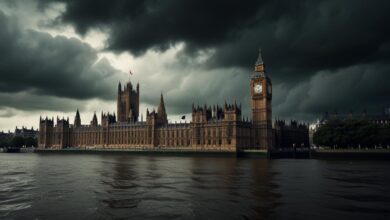U.S. Supreme Court Overturns Chevron Deference Doctrine in Landmark Ruling

The U.S. Supreme Court’s 6-3 decision in Loper Bright Enterprises et al. v. Raimondo strikes down the Chevron deference doctrine, reshaping the balance of power between regulatory agencies and the courts. This pivotal ruling has widespread implications for federal regulations and judicial decision-making.
The U.S. Supreme Court delivered a significant ruling on June 28, 2024, in the case of Loper Bright Enterprises et al. v. Raimondo, Secretary of Commerce, et al., which effectively overturns the Chevron deference doctrine. This landmark decision came in a 6-3 vote along ideological lines, with Chief Justice John G. Roberts Jr. authoring the majority opinion. The ruling nullifies the precedent established by Chevron U.S.A. Inc. v. Natural Resources Defense Council, Inc. in 1984, which required courts to defer to administrative agencies’ reasonable interpretations of ambiguous statutes.
The implications of overruling Chevron are far-reaching, as it shifts the authority from federal regulatory agencies back to the courts, demanding that judges exercise independent judgment on statutory interpretations. The majority, supported by Justices Clarence Thomas, Samuel Alito, Neil Gorsuch, Brett Kavanaugh, and Amy Coney Barrett, argued that agencies do not possess special competence in resolving statutory ambiguities—courts do.
The decision is poised to prompt extensive litigation across a wide array of federal regulations affecting numerous sectors, including the environment, healthcare, labor, and the financial industry. Various stakeholders, from environmental groups to labor advocates, have expressed concern that the absence of Chevron deference will destabilize regulatory frameworks that have protected public health, safety, and the environment for decades. In dissent, Justice Elena Kagan—joined by Justices Sonia Sotomayor and Ketanji Brown Jackson—criticized the ruling as a judicial overreach that undermines these protections and disrupts settled legal interpretations.
The ruling’s immediate effect will likely be a flood of legal challenges against existing regulations, as opponents of stringent regulatory oversight leverage the new standard to contest the scope and implementation of agency rules. This decision fundamentally alters the administrative landscape, placing Congress under pressure to draft more precise legislation and leaving courts to navigate complex regulatory issues without the expertise traditionally offered by specialized agencies.








